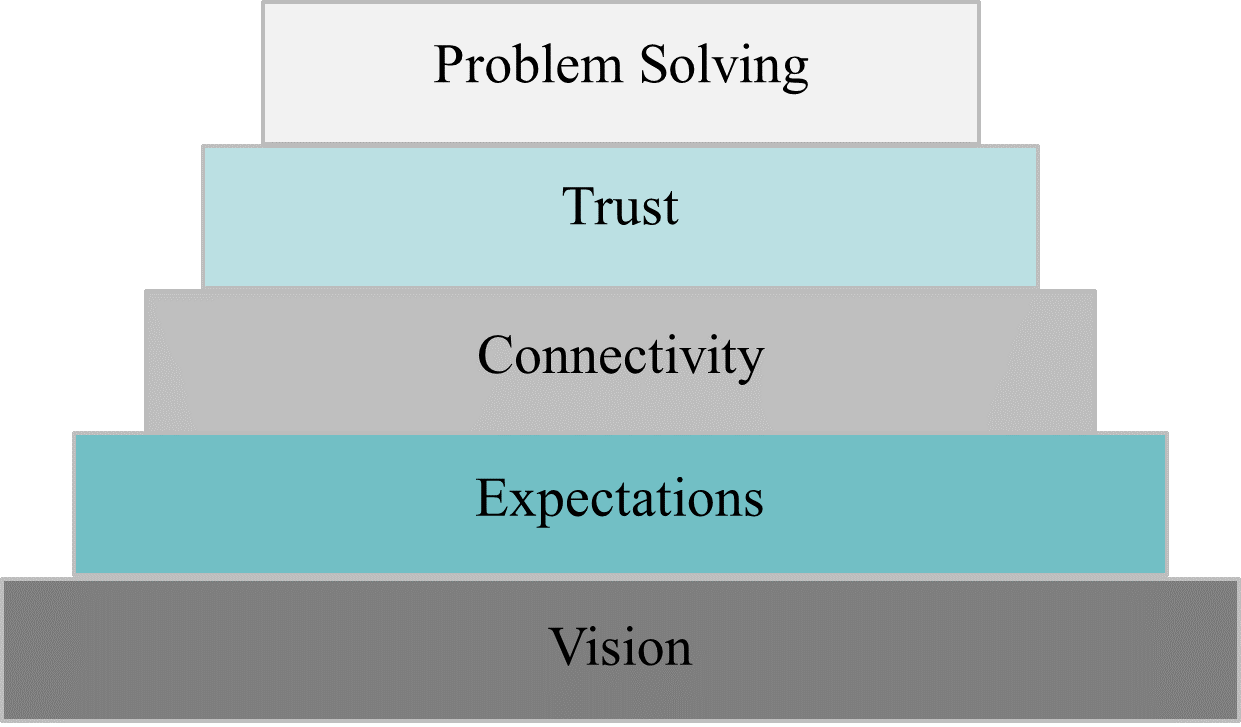25
You are asked to work in teams often, so you are used to the idea. However, it is worth taking a step back and thinking about how best to work in a team.
To start, answer the following questions:
What is the best team you have been a part of and why?
- Was there a synergy?
- Comradery?
- A clear plan?
- Was everyone engaged?
Think about how you can be a good team member. This can be in general and also based on your strengths. Communicating, active listening, resolving conflict, setting and meeting expectations, motivating others, staying organized and on task, and working with your team to reach a consensus are all beneficial attributes to bring to a team. Discuss best practices and expectations together as a team before you start your project. Being a good team member is not just about your intentions; it is also how you are perceived. Peer evaluations will be used to provide feedback and improve teamwork.
Babe Ruth said it well, “The way a team plays as a whole determines its success. You may have the greatest bunch of individual stars in the world, but if they don’t play together, the club won’t be worth a dime.”
Building an Effective Team
Check out the team-building pyramid below adapted from Grow (2011)[1]. In order to build an effective and strong team, it is important to start from the bottom with vision, expectations, and then connectivity. Once a foundation has been laid, trust can be built and problem-solving can start. Too often teams start at the top. It is difficult to effectively communicate and make decisions if team members are not on the same page in terms of vision and expectations and have not built trust with each other.

Balancing the Team and Tasks
Forming and maintaining an effective and successful team takes work. One of the challenges is how to allocate time and resources to balance getting things done and keeping the team cohesive and working well together. Below is an illustration of this challenge from Grow (2011) [2]. It is a good idea to keep this balance in mind throughout the project. At times the scale may tip one way or the other, but it is important to keep both the project and team in mind as decisions are made.


